St Andrews Bay is one of the largest (150,000 pairs of King Penguins) and one of the most scenic landings in South Georgia. It can also be one of the hardest given it is on what I would call a ‘surf beach’ with waves breaking on the sand.
The captain announces that this morning’s landing, whilst ‘technically possible’, will be difficult for those passengers lacking mobility and who can’t get on and off the zodiacs quickly. This is code for ‘whilst this is doable, we really wish that the old folks would stay on the ship’. The nearest medical help is at Stanley, at least 2 days away by sea, which he is also careful to point out. There have been a number of accidents (broken hips etc) on the Antarctic trips this season, including one woman who fell to her death on the Shackleton hike, and given our destination is Cape Town, I’m sure the captain would really rather not have to turn around and return to Stanley.
So it is a much reduced landing party this morning, with more than half of the passengers electing to stay on the ship. The landing is pretty straightforward – off the side of the zodiac into calf deep water. It is snowing gently in between blasts of the katabatic winds over the glacier, which delivers icy sleet to the unwary facing into the wind. The snow covering cleans up the beach – where there would normally be a quagmire of penguin guano, there is a reasonably clean white blanket of snow.
There is also a remaining ‘wallow’ of elephant seals, which are the last to leave the beach from the 8-10,000 pairs that would be pupping earlier in the season. A few juvenile bull elephant seals practice their jousting higher up on the beach. There are fewer Antarctic Fur Seal pups here, but those that are here are older and like to charge at the intruders on their beach.
St Andrews belongs to the King Penguins, a vast colony of grey, white and brown penguins sheltering together. There are some very young chicks huddled under the protective white sac of their parent, along with some older chicks, some younger oakum boys, and a large number of fledging and moulting adults.
Off-shore, P257, the HMS Clyde, is anchored. She is on patrol in the waters of the Falklands until 2018, so will be a regular fixture in the area. Judging by the number of camera flashes from her decks as we pass, the crew of the Clyde are just as interested in recording our visit to St Andrew’s Bay as we are of them.
By the afternoon, the conditions are completely different in Grytviken, site of an old whaling station and the base for the British Antarctic Survey. First stop is a visit to the small historic cemetery, burial place of Shackleton, and now that of his right hand man, Frank Wild. Wild’s remains were discovered in South Africa fairly recently, and were brought to Grytviken to be interred beside the Boss, Shackleton.
Bright, sunny weather makes a hike between Grytviken and Maiviken possible. This is the reverse of how this hike is tackled, so we have a 3 mile trek on a gentle ascent to 700 feet, and then a fairly steep descent through mud and the occasional charging fur seal on the beach when we reach Maiviken. The zodiac ride back to the ship is a hoot, as we have to travel around the head of the peninsula into open waters and chase the ship back into Cumberland Bay to reboard.

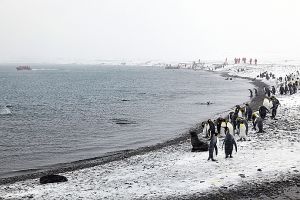
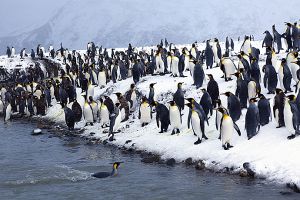
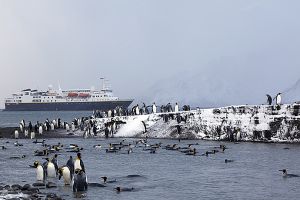
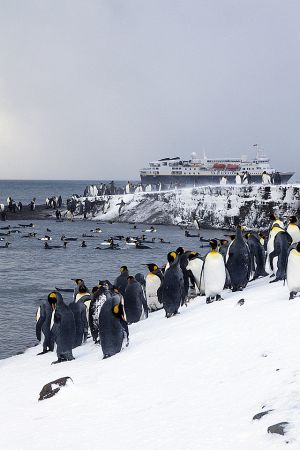
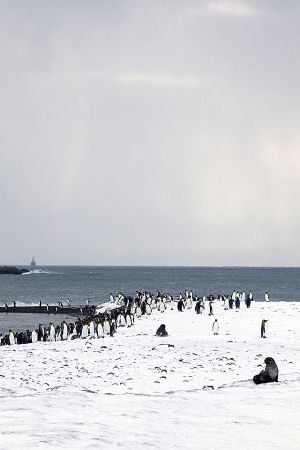
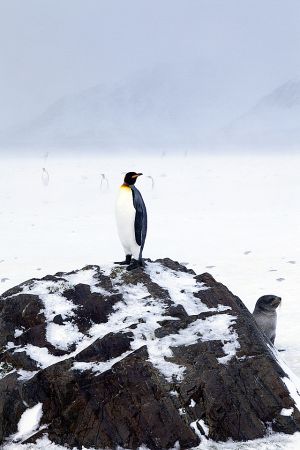
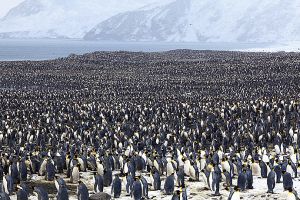
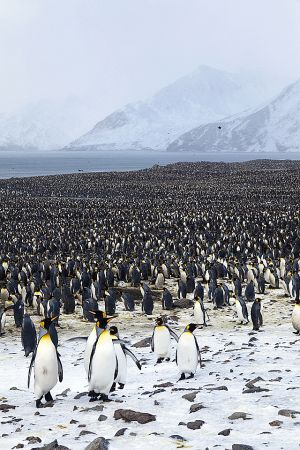
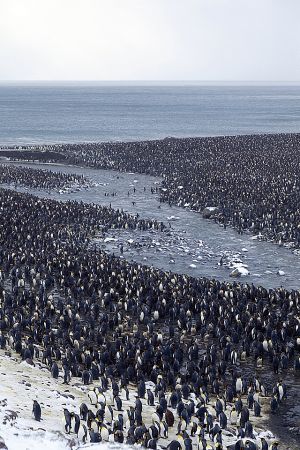
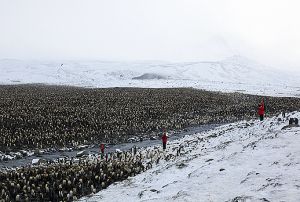
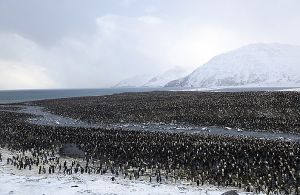
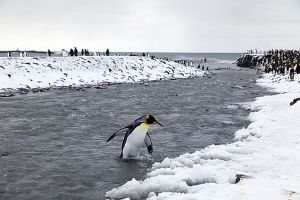
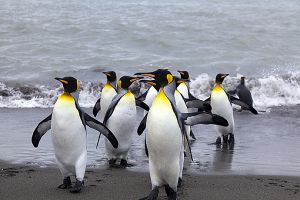
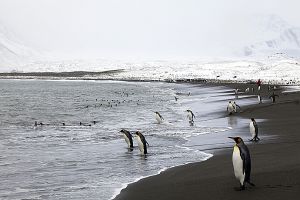
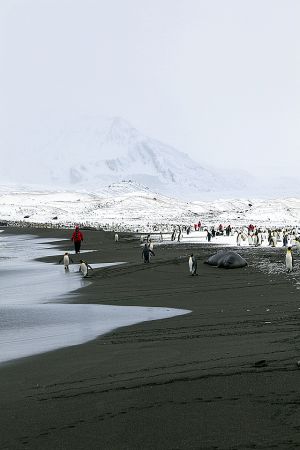
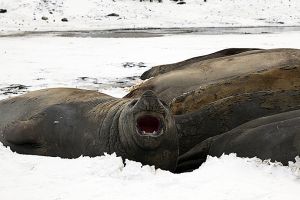
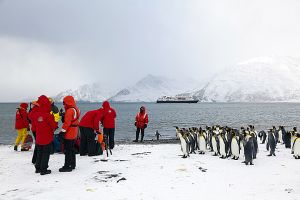
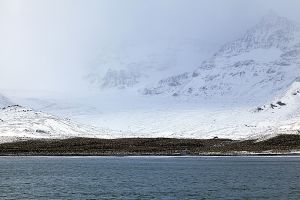
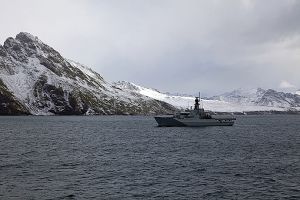
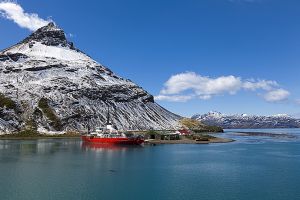
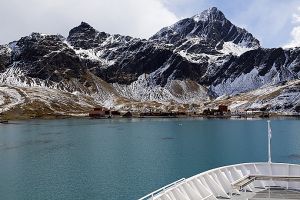
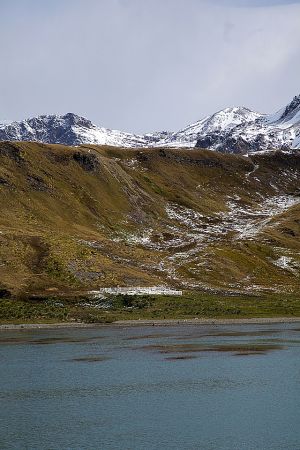
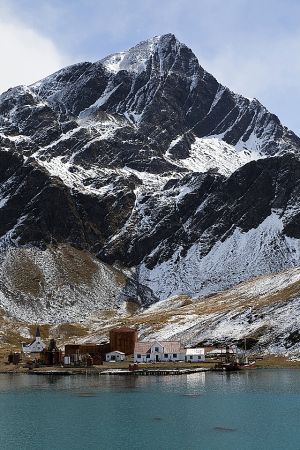
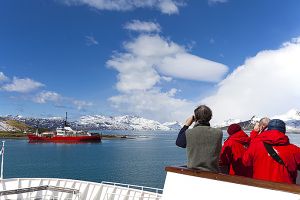
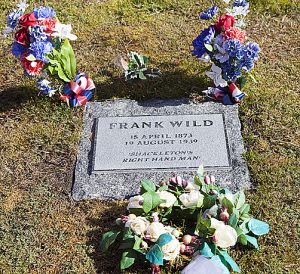
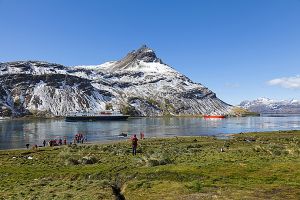
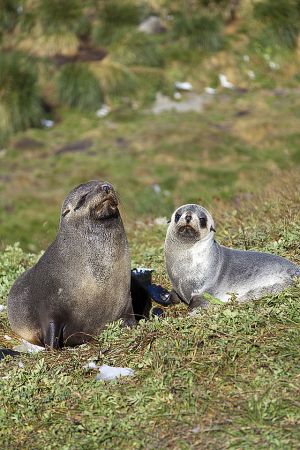
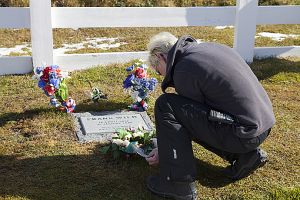
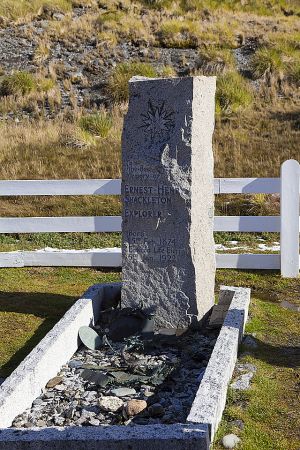
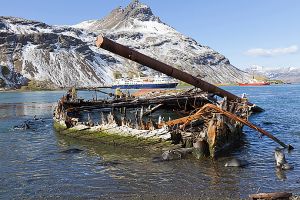
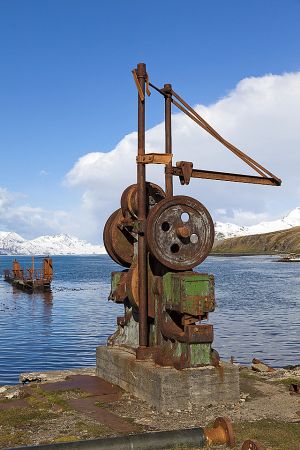
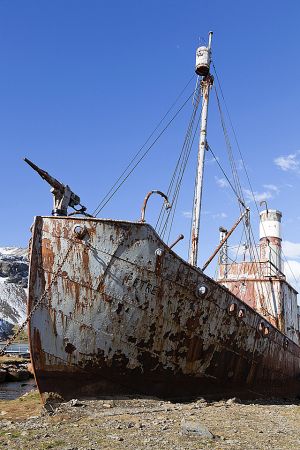
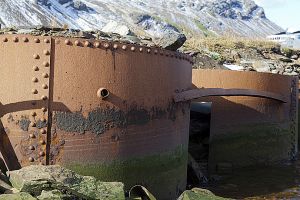
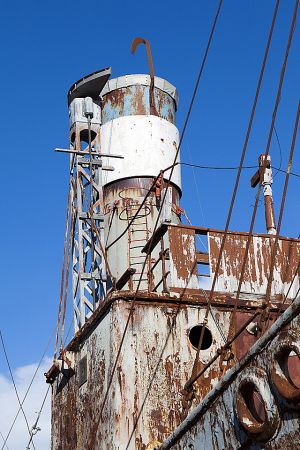
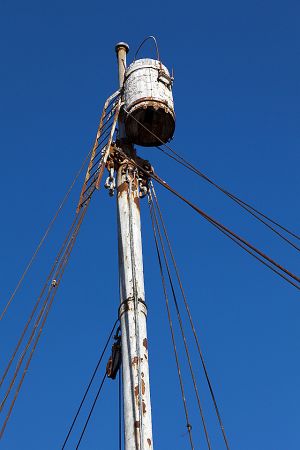
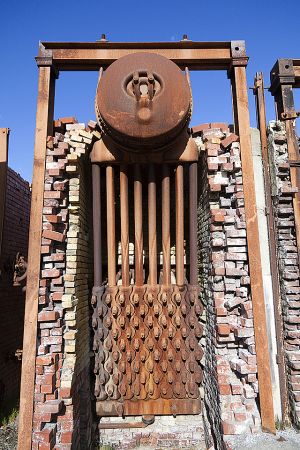
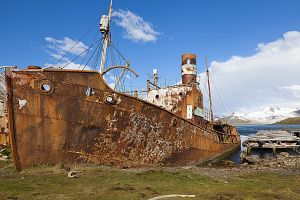
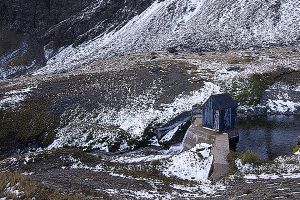
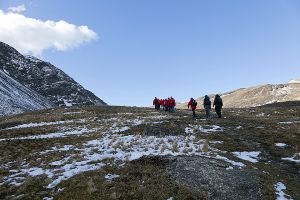
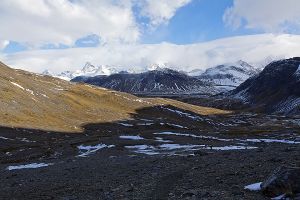
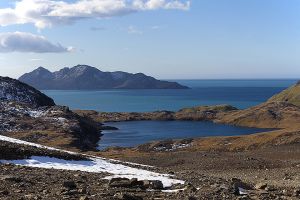
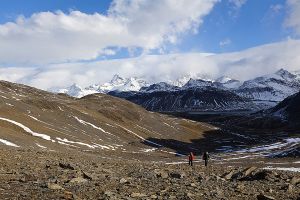
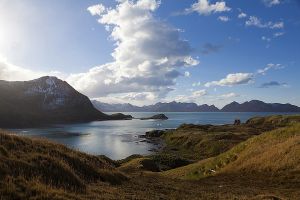
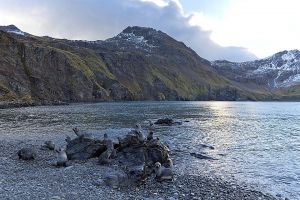
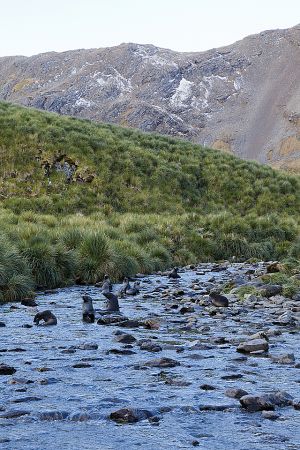
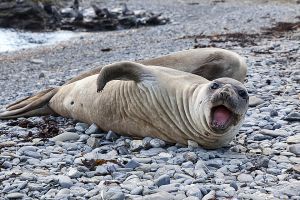
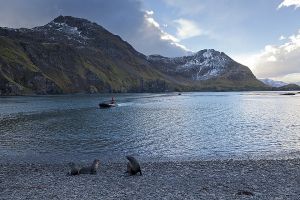


2 Trackbacks
[…] sky has cleared a little, but it is still grey and overcast. The landing conditions were tough on my last visit to St Andrew’s too, with quite a bit of snow around. St Andrew’s is home to a massive king […]
[…] glaciers and barren hillsides, and lacks the colonies of wildlife. It is also wildly different to South Georgia Island, and we have yet to see much birdlife other than the guillemot colonies and a few stray Northern […]